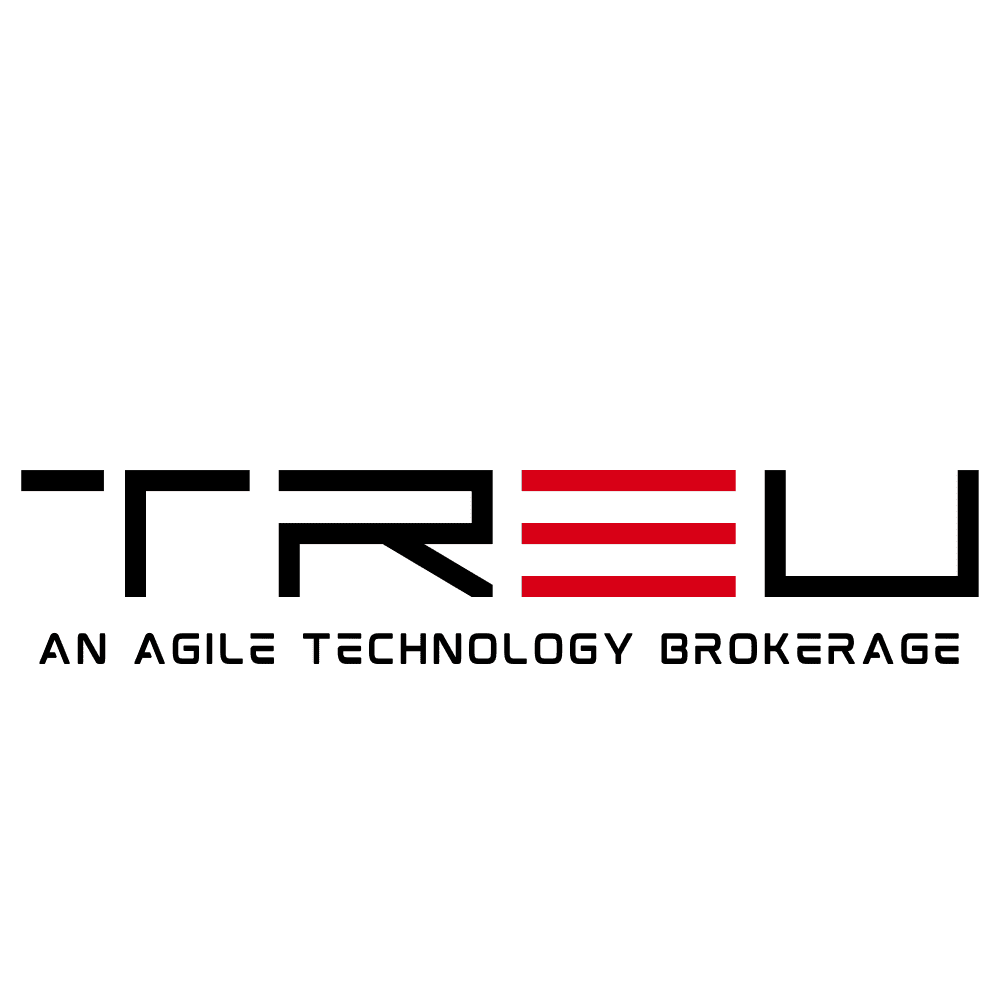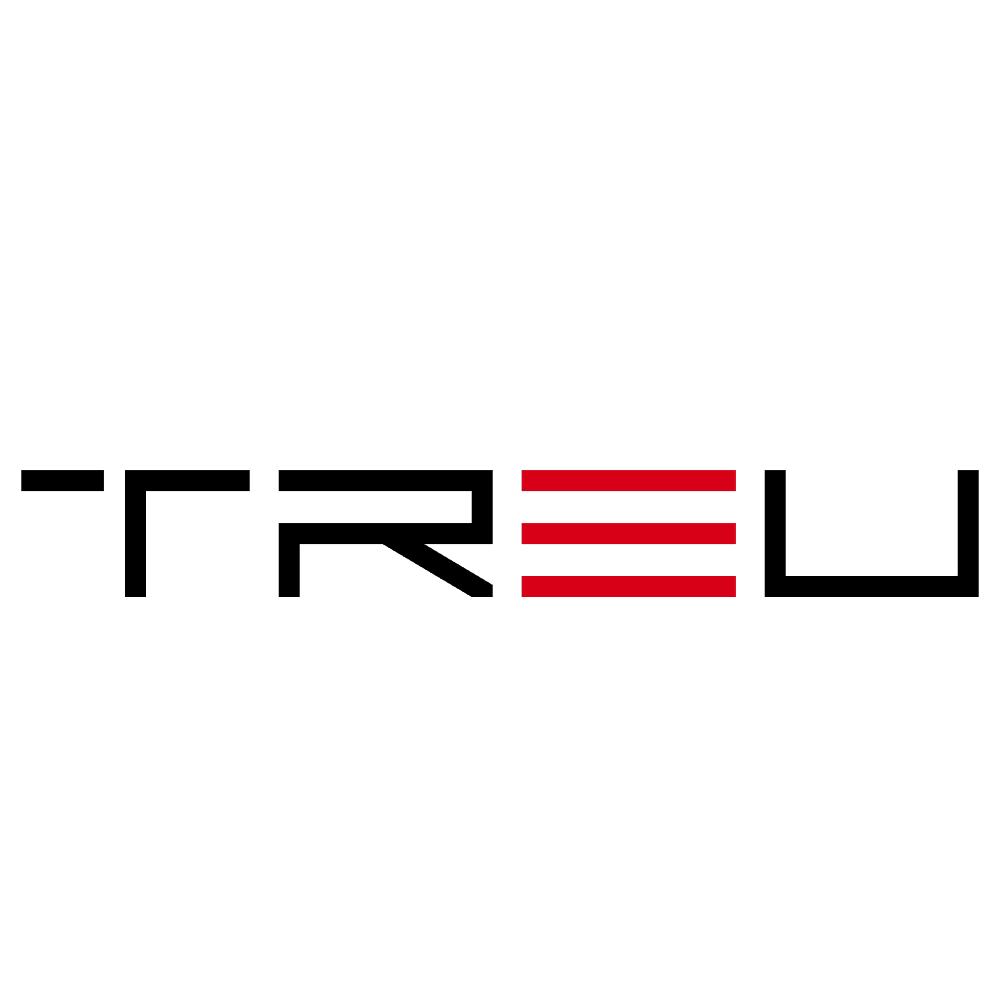Mondelez Adopts AI and Cloud to Boost Cybersecurity Strategy
Revolutionizing Security in the Age of AI and Hybrid Work Environments
In the face of rapidly evolving cyber threats, global snack giant Mondelez International has embarked on a transformative journey to revamp its cybersecurity strategy by harnessing the power of artificial intelligence (AI) and cloud computing. As sophisticated cyberattacks grow in frequency and scale, Mondelez recognizes the critical importance of fortifying its defenses to protect its operations, intellectual property, and customer data. Their forward-thinking approach demonstrates how leading enterprises can leverage technology to stay ahead in the cybersecurity arms race.
With the digital transformation wave accelerating across industries, Mondelez’s leadership in adopting AI-driven tools and cloud-based security models offers a glimpse into how enterprises can align technology with effective risk management practices.
The Growing Importance of Cybersecurity in Multinational Organizations
In an increasingly interconnected world, the threat landscape faced by multinational corporations like Mondelez has expanded dramatically. As companies digitalize supply chains and implement hybrid work environments, cybercriminals are growing more adept, employing ransomware, phishing, and AI-powered attacks to exploit vulnerabilities.
Mondelez—a consumer goods behemoth whose brands include Oreo, Cadbury, and Toblerone—is no stranger to the impact cyber-attacks can have. Back in 2017, Mondelez famously fell victim to the NotPetya ransomware attack, which disrupted operations and caused significant financial loss.
Fast forward to present day, and Mondelez is taking innovative steps to ensure such incidents never happen again. By bringing its Chief Technology Officer (CTO) and Chief Information Security Officer (CISO) together to guide a new strategy, the company is breaking down silos between traditional IT operations and cybersecurity. The decision to prioritize AI and the cloud as pillars of its security framework is not just reactive but proactively looks to build future-proof systems and processes.
How AI Is Transforming Cybersecurity for Mondelez
Leveraging AI for Faster Threat Detection
One of the standout benefits of using AI in cybersecurity is its ability to analyze vast amounts of data in real-time. Traditional security systems often rely on slow, rule-based detection models that can take hours—or even days—to detect anomalies. Conversely, AI-powered systems can proactively identify and mitigate threats within seconds.
Mondelez’s adoption of AI-driven tools offers several key advantages:
- Real-time Threat Analysis: AI tools can process millions of events within seconds, flagging suspicious activity before it escalates.
- Behavioral Analytics: AI helps track user and system behavior, identifying deviations that may indicate threats.
- Pattern Recognition: AI algorithms can spot patterns linked to malware, phishing, or ransomware attacks, preventing breaches before they occur.
By incorporating machine learning into their security operations centers (SOCs), Mondelez enhances its ability to predict and quickly respond to potential risks, transforming their cybersecurity strategy from reactive to proactive.
AI-Powered Automation Reduces Human Dependency
Mondelez’s CTO and CISO have also highlighted the value of AI in automating repetitive tasks. Using AI to manage routine processes—such as patch management, password resets, and reconnaissance scanning—frees cybersecurity professionals to work on more complex challenges facing the organization.
- Operational Efficiency: Automation eliminates manual inefficiencies in cybersecurity workflows.
- Minimizing Errors: By reducing human involvement in repetitive actions, Mondelez lowers the risk of human mistakes that hackers often exploit.
Embracing Cloud-Based Security for Scalability
Moving Critical Security to the Cloud
As Mondelez expands its digital footprint, the company is increasingly relying on cloud-based solutions to build a scalable and flexible security architecture. Cloud computing provides several strategic benefits for organizations like Mondelez, including:
- Global Collaboration: Mondelez operates in over 150 countries. Cloud-based security enables global teams to collaborate securely across geographies.
- Security-as-a-Service: By integrating with solutions from top cloud providers, Mondelez benefits from updated protection mechanisms, automated backups, and extended cyber capabilities without managing physical infrastructure.
- Cost Efficiency: Shifting security tasks and infrastructure costs to a subscription-style model helps Mondelez cut spending on traditional data centers.
Cloud-based security also aligns with Mondelez’s emphasis on supporting hybrid and remote work models. As employees connect from various locations outside the organization’s typical infrastructure, the cloud provides secure access points to maintain organizational security without compromising user experience.
Zero Trust Architecture: Building Stronger Defenses
Mondelez is also embracing a Zero Trust Architecture (ZTA) as part of its overall cybersecurity strategy. “Zero Trust” is rooted in the concept of verifying every user, device, and system within the organization—trust nothing and verify everything. The model is particularly beneficial in ensuring robust protection against unauthorized access in cloud environments.
The ZTA approach includes:
- Identity Verification: Multi-factor authentication (MFA) and advanced identity checks for all users and devices.
- Least Privilege Access: Ensuring employees and third parties only have access to resources they need for their specific roles.
- Continuous Monitoring: Ongoing evaluation of user activities to detect suspicious behavior.
By implementing this methodology, Mondelez bolsters its defense layers, mitigating risks stemming from both external threats and insider vulnerabilities.
The Holistic Role of the CTO and CISO in Cybersecurity
Mondelez’s decision to integrate its CTO and CISO leadership is a bold move, underscoring a cohesive and collaborative vision for security. While the CTO focuses on driving innovation and overseeing the company’s technology operations, the CISO brings to the table expertise in managing risks and addressing emerging cyber vulnerabilities.
This collaborative approach highlights a best practice for the industry: cybersecurity cannot operate in isolation from other technology initiatives. Integrating these roles enables Mondelez to incorporate security into every technology decision, creating a more holistic, integrated defense posture.
Preparing for a Cyber-Resilient Future
As Mondelez International demonstrates, moving from traditional IT-centric cybersecurity to AI-driven and cloud-centric models offers significant opportunities to combat emerging threats. With AI-powered threat detection, cloud-based security architecture, and the adoption of Zero Trust principles, Mondelez continues its proactive strategy to safeguard its assets, employees, and customers.
The innovative measures implemented by the CTO and CISO leadership also underline the importance of having top-down accountability for cybersecurity in large organizations. These investments not only prepare Mondelez for today’s threats but ensure the company remains resilient, even as the digital landscape continues to evolve.
For organizations across industries, Mondelez’s forward-looking approach stands as a bold blueprint for navigating the future of cybersecurity in an AI and cloud-driven world.
With cyberattacks projected to increase in volume and sophistication, Mondelez’s adaptation of these cutting-edge technologies cements its role as more than just a global snack powerhouse—it’s now becoming a leader in enterprise innovation and security strategy.

